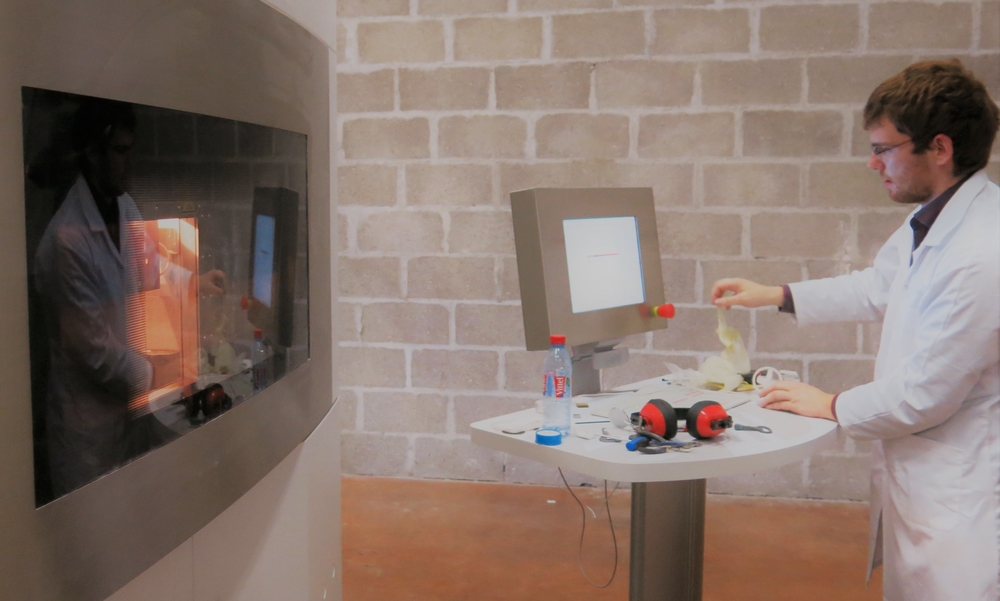How we manage your 3D printing jobs at Sculpteo in 4 steps thanks to our 3D printing software
Posted By Amandine Richardot on Jul 26, 2017 | 0 comments
Uploading your 3D design to our Sculpteo website is easy, and you will receive your 3D printed parts quickly after you have ordered them from us. But do you know what happens in between? How does 3D printing management work at Sculpteo? Since our creation, we’ve been building, in-house, 3D printing software tools to offer you the best 3D printing service. Today, discover how we manage these 3D printing jobs in 4 steps: automatic routing, pre-process, job preparation and manual checks.
This blog post is part of our Series on the 3D printing software tools we use each day at Sculpteo. Take a look inside our 3D printing process and learn how we built an answer to the most common issues regarding the management of a 3D printing factory.
Find the other episodes here!
– How we optimize orientation
– How we optimize our batch thanks to our Nesting tool
Step 1: Automatic and dynamic routing
Managing a whole fleet of 3D printers is not an easy task. When we receive your order on our website, we need to find a machine with space available. Traditionally, the operator had to manually manage where the 3D printed part would fit, leaving room for human error, and creating batches that were not always optimal. Moreover, this process was quite time-consuming for the operators.
That’s why we created automatic, dynamic routing. This 3D printing tool allows us to automatically find which 3D printer has available space for your design. It’s dynamic, based on real-time information. Not only do our operators gain time and optimize their results but this allows us to provide you with instant and precise information on your design’s production schedule that updates in real time. This underpins our real-time quoting process, including price and delivery dates.
Step 2: Pre-process
Before 3D printing your file, we first check if there are any issues regarding this 3D model that were not identified by our automated tools. What kind of issues could occur? Your design could either be too fragile and thus could break during the 3D printing process, or its orientation and geometry could increase its risks of warping. The pre-process stage is like an internal checklist for the human operator supported by our verification and repair tools to quickly yet accurately identify most issues early.
Mostly automatic, these tools help us review your 3D model in a few clicks to see if it’s suitable for 3D printing. We mainly use Auto-repair, Solidity Check and Orientation Optimization. Thus, we find the best compromise between surface quality, cost, and crash risk thanks to our algorithms and our manual tools to make your 3D model come to life. Important fact: if you order the same 3D printed part again, the formerly used parameters are conserved and automatically set to ensure consistent results.
Step 3: Job preparation
After getting your 3D file ready for 3D printing, we still need to manage the job itself, including all of the parts that will be produced. This is a typical problem in industrial 3D printing management: how to maximize the amount of parts inside each production batch? We needed a way to simultaneously increase part count per job and reduce error rates.
That’s why we created our Slicer and Nesting tool. The Slicer provides a quick preview of how the design will be sliced by the 3D printer, identifying and highlighting any potential issues prior to the real slicing process. The Nesting tool, which we already talked about in our series on our 3D printing software, finds the optimal packing for our 3D printer thanks to a system we developed in-house, with the ability to fix positions, rotations or axes freely.
Step 4: Manual Checks
After the 3D printing job is done, the last step is to check that each stage of the process went well (including all post-processing steps – Sculpteo verifies each design as it leaves each and every stage). If there is an issue with your design, a comment will be added and your design will be automatically rerouted as appropriate.
Without our 3D printing software, these manual checks are very time-consuming, especially in the eventuality of a crash of the 3D printer – which can unfortunately happen. Our 3D printing tools allow us to know exactly where the 3D printing job stopped, automatically rerouting pieces above the ‘crash-line’ and flagging any pieces below the ‘crash-line’ for supplementary quality checks.
Learn more about our 3D printing software
Curious about our 3D printing software? Discover our various 3D printing tools that help us offering you the best 3D printing service through our different blog posts about our Repairing tools, our Optimization tools, and our Reviewing tools.


 Connect with Google
Connect with Google Connect with Facebook
Connect with Facebook